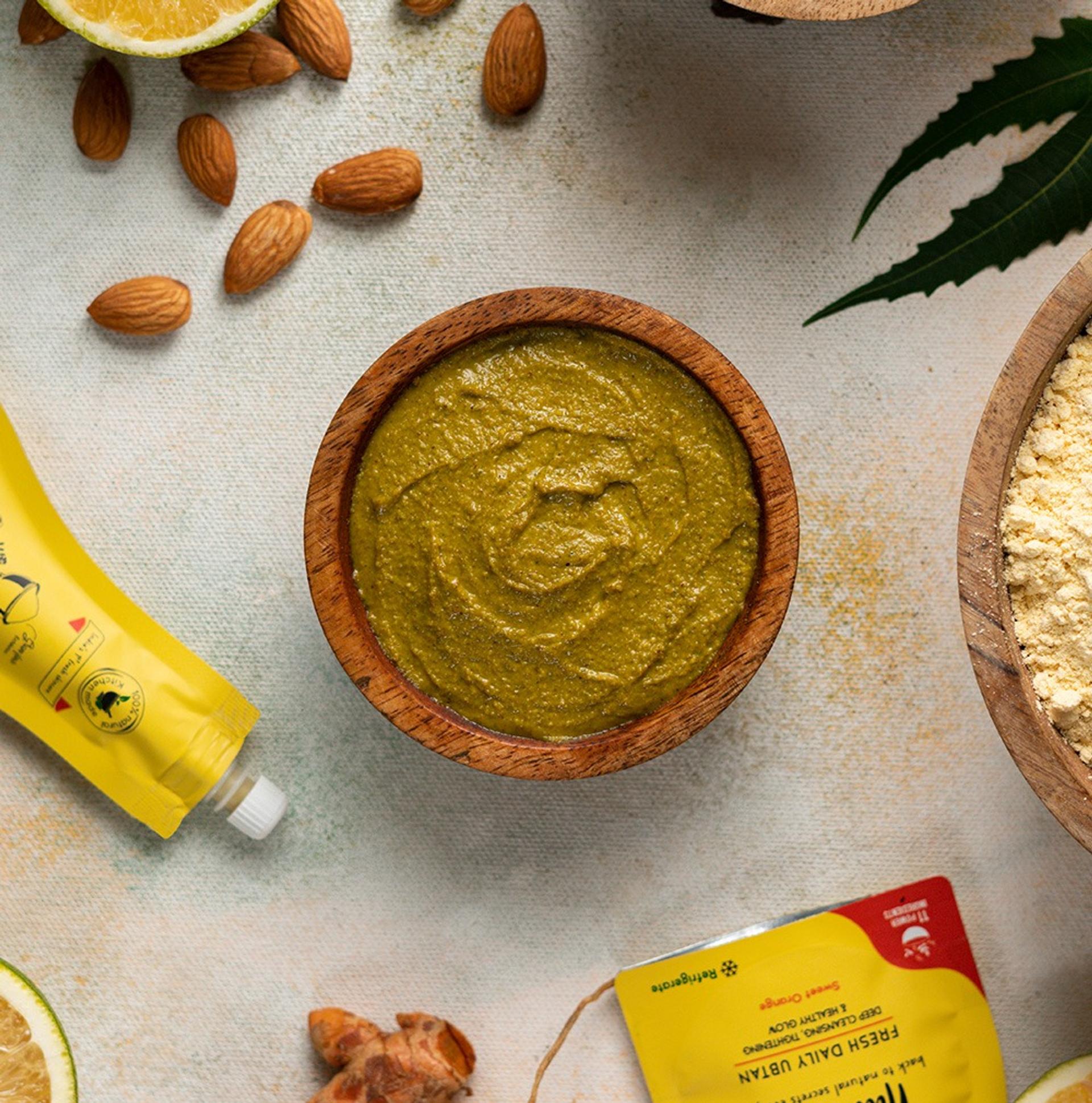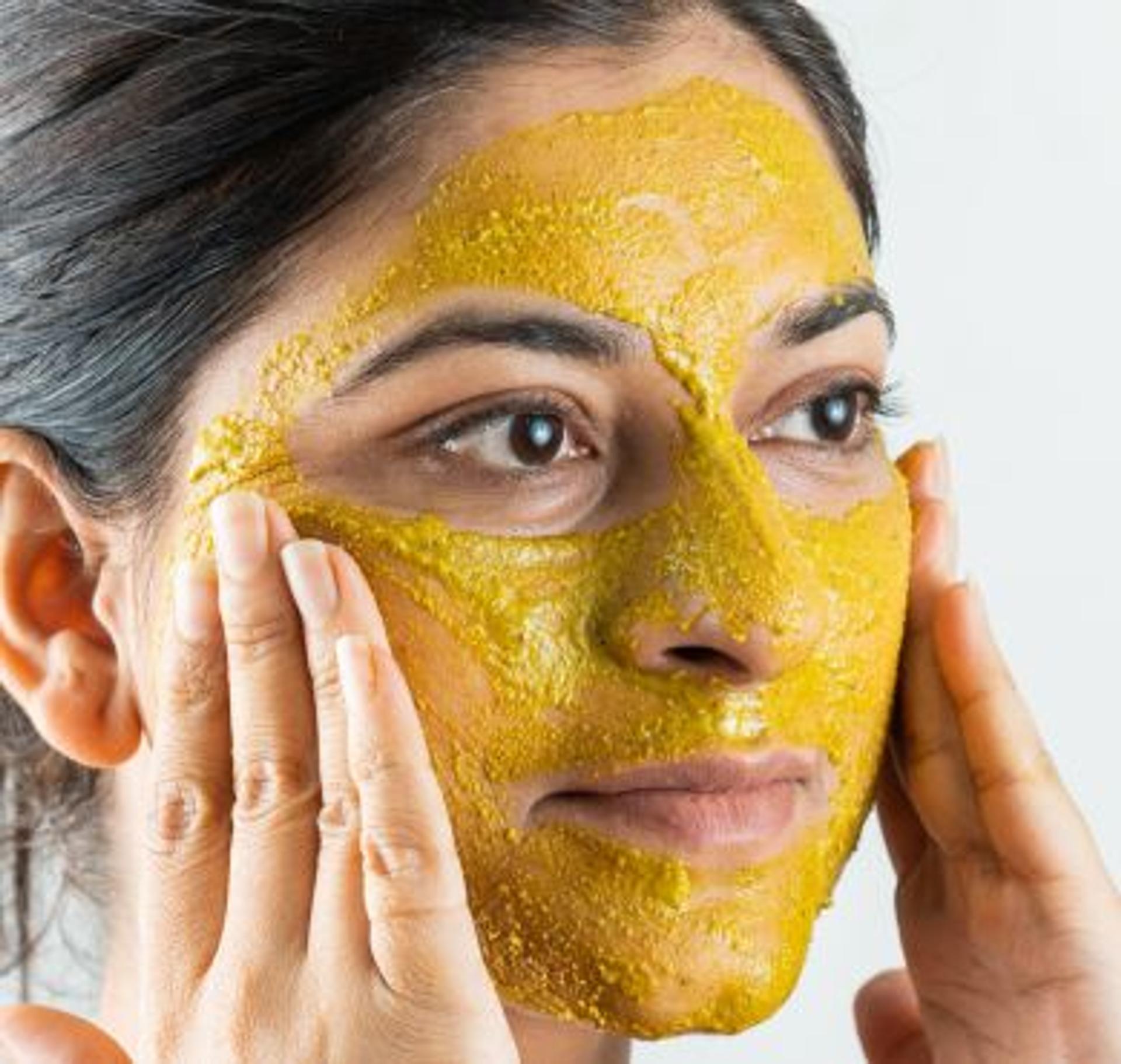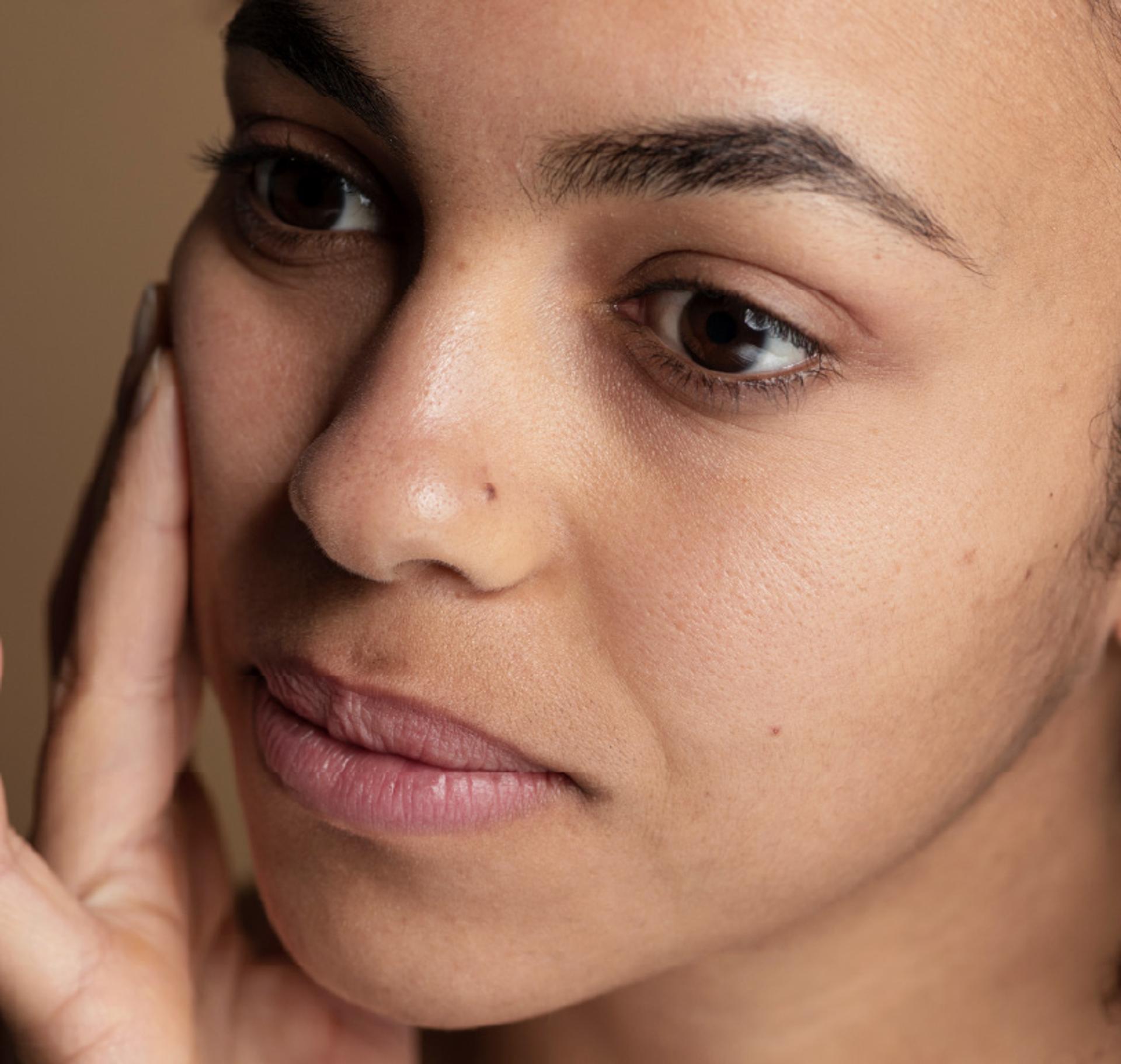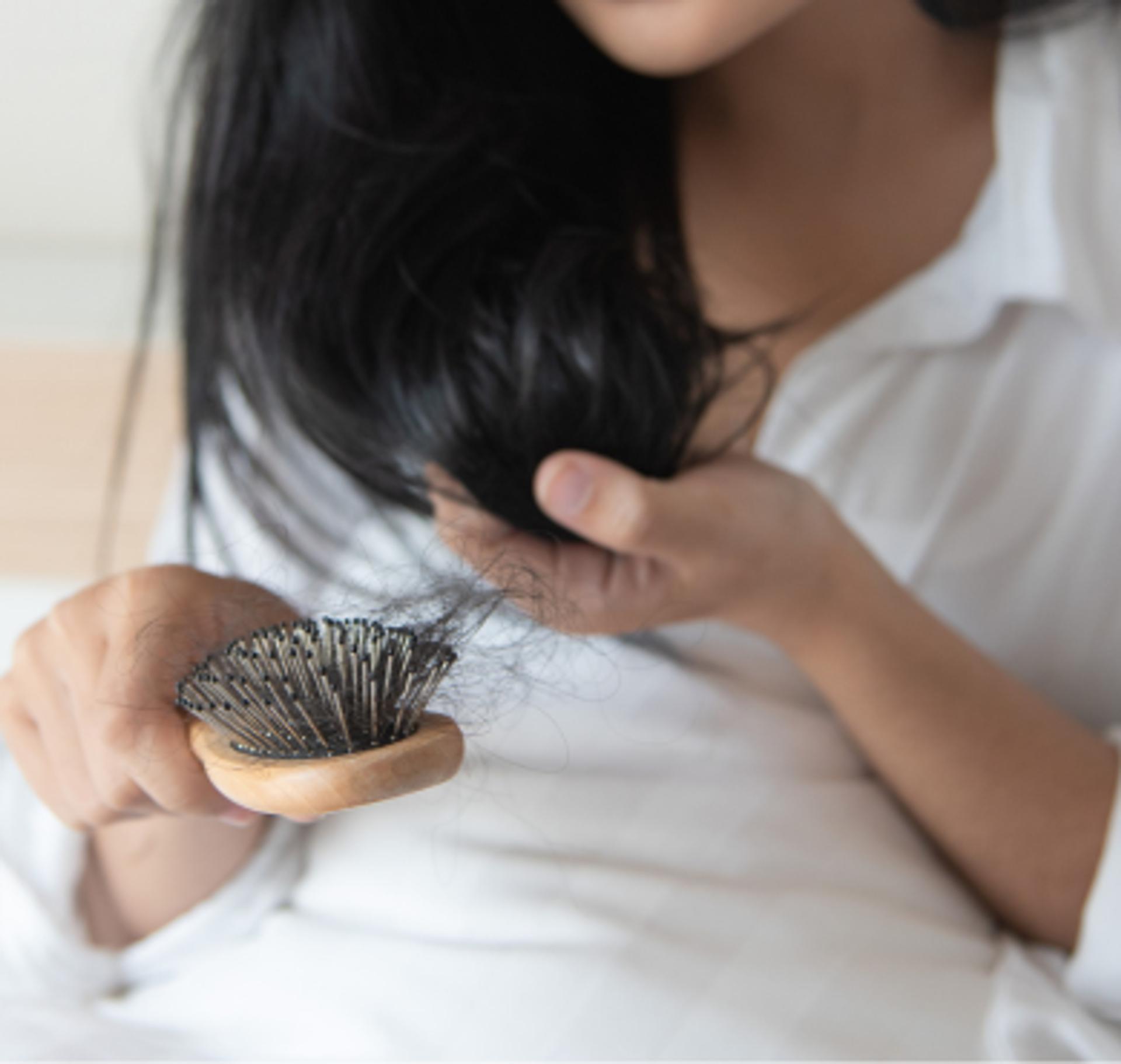
Postpartum Hair Fall and Shampoo Choices - What's Safe and What to Skip?
Because Your Scalp Deserves More Than Trial-and-Error Right Now
By Nat Habit
You’ve just brought life into the world. You’re running on snatched sleep, half-drunk coffee, and love so big that you are making newer, bigger spaces for it. Your body is healing, your heart is stretching into new shapes—and just when you start to find your feet again, your hair begins to fall.
Strands on the pillow. Clumps in the shower. A receding hairline where there used to be baby hairs.
It feels unfair, doesn’t it? After everything your body has done. After all the soft strength it’s carried.
But here’s the thing:
Postpartum hair fall isn’t you falling apart.
It’s your body recalibrating. It’s biology, not brokenness. And while you can’t stop it entirely, you can make choices that support it. Starting with the simplest daily ritual: your shampoo.
Because when the world around you feels unpredictable, sometimes the smallest switch—something as quiet as a different bottle on the shelf—can bring a moment of care, of calm, of control.
Let’s talk science. Let’s talk scalp. Let’s talk about what’s safe, what’s not, and how to be gentle with the new you, right from the roots.
Why Hair Starts Falling Out After Birth
Blame the Hormones, Not Yourself
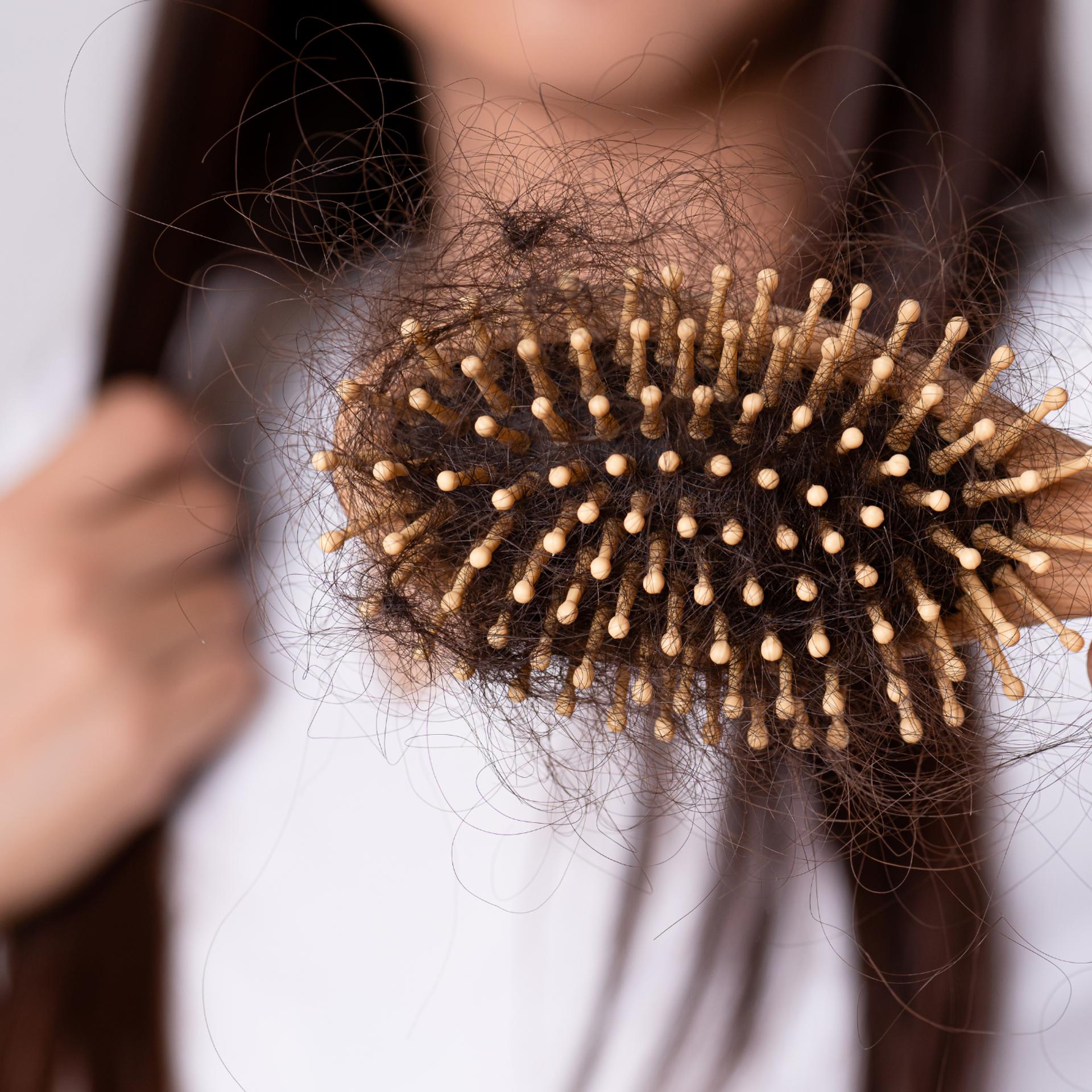
During pregnancy, your body runs on a hormonal cocktail, especially high estrogen levels, which puts your hair in an extended "growth phase" (anagen). You know that lush, thick pregnancy hair? It’s not a glow-up illusion. It’s real.
But after delivery, estrogen levels crash—and your hair shifts suddenly into the "resting and shedding phase" (telogen effluvium). Around 2–4 months postpartum, this shows up as diffuse hair fall, often at the temples, crown, and hairline.
So what's actually happening under your scalp?
- Estrogen drop = synchronized hair fall
- Stress + sleep deprivation = slowed growth + increased shedding
- Nutritional depletion (iron, B12, protein) = weak roots, brittle hair
- Thyroid imbalances (common postpartum) = compounding hair loss
Now, while your body will usually recalibrate in 6–12 months, the real question is: Can the right shampoo help—or hurt—during this time?
Let’s Talk Shampoo
Why It Matters More Than You Think
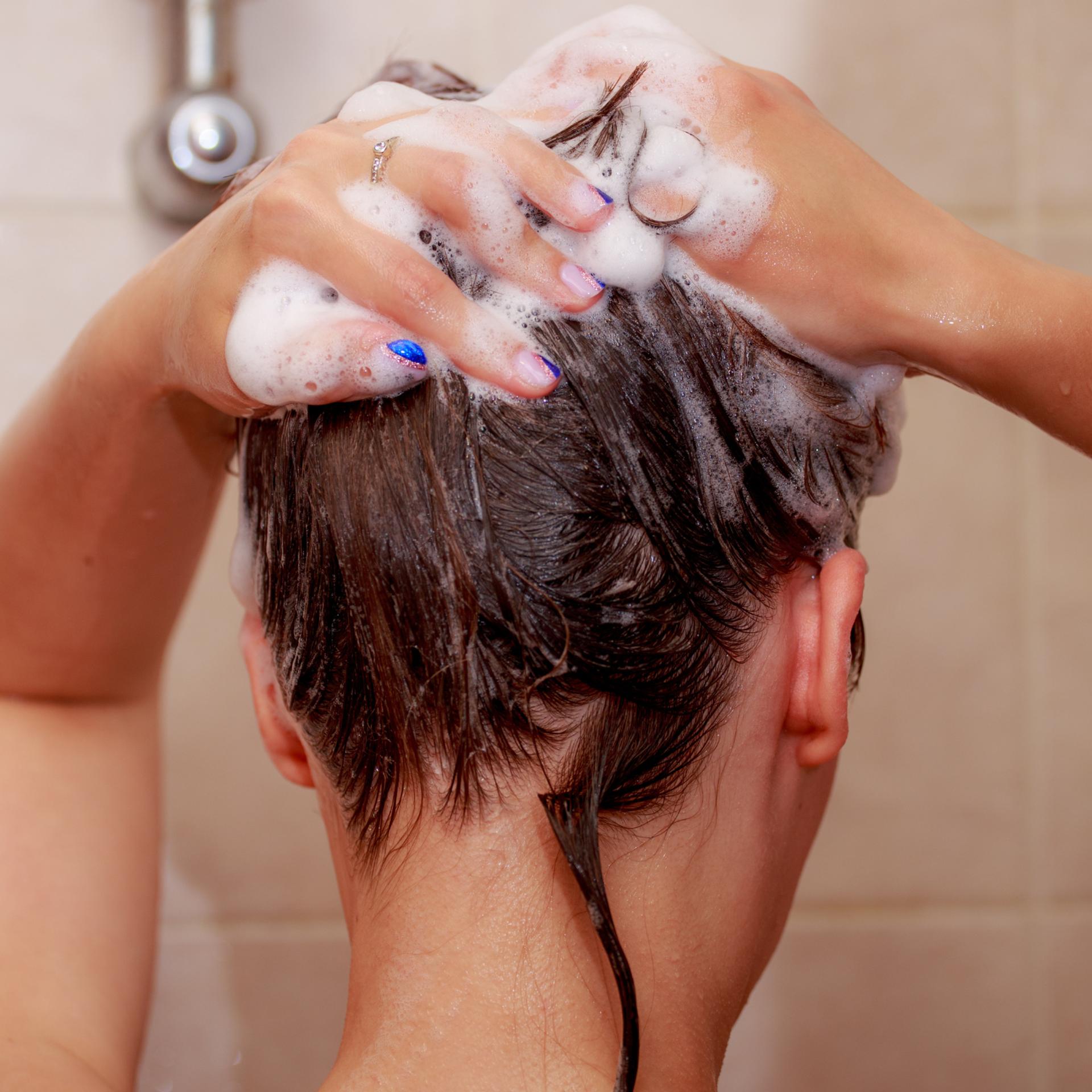
We often treat shampoo like background music— something to clean the scalp. But postpartum, your scalp is biologically different.
- Oil production may spike or drop suddenly.
- Scalp inflammation is common due to hormonal flux.
- Your hair follicles are in recovery mode.
Choosing the right shampoo can either:
- Support healthy regrowth, calm inflammation, and protect fragile strands
- Or sabotage the process with harsh surfactants, pore-clogging residues, and hormonal disruptors
What to Look For in a Postpartum-Safe Shampoo

1. Mild, Sulfate-Free Surfactants
Your scalp barrier is already under stress. Avoid harsh detergents like SLS (Sodium Lauryl Sulfate) and SLES, which strip natural oils and irritate follicles.
Science tip: The scalp's pH is naturally acidic (~5.5). Harsh shampoos can raise the pH, weakening the skin barrier and triggering dryness or inflammation.
Look for:
- Coco-glucoside
- Sodium cocoyl isethionate
- Decyl glucoside
These are gentler, non-stripping surfactants that cleanse without wrecking your microbiome.
2. Scalp-Soothing, Anti-inflammatory Botanicals
Your scalp might be dealing with micro-inflammation—often invisible, but damaging. You want ingredients that soothe and heal.
Great choices include:
- Aloe vera – hydrates and calms the skin
- Licorice root extract – anti-inflammatory and great for sensitive scalps
- Chamomile – reduces itch and irritation
- Brahmi or Bhringraj (Ayurvedic heroes) – proven to stimulate hair follicles
3. No Silicones or Heavy Waxes
Postpartum hair is finer, more brittle. While silicones can create artificial smoothness, they weigh hair down and coat the scalp, potentially clogging follicles.
Science tip: Some silicones aren’t water-soluble, which means they build up over time unless you're using clarifying shampoos (which you should not overuse postpartum).
Instead, look for:
- Plant-based conditioning agents like methi, oats, or oils in low concentration
- Lightweight hydrators like aloe juice
4. Hormone-Friendly Formulations
Some ingredients can mimic estrogen or disrupt hormones. While more research is still emerging, it's wise to skip questionable players like:
- Parabens (potential endocrine disruptors)
- Phthalates (often hidden in synthetic fragrances)
- Strong synthetic fragrances (can irritate and sensitize the scalp)
Instead, opt for:
- Fragrance-free or lightly scented with essential oils like lavender or rosemary (both also support circulation and calm)
What to Skip
Even if It Says “Natural”
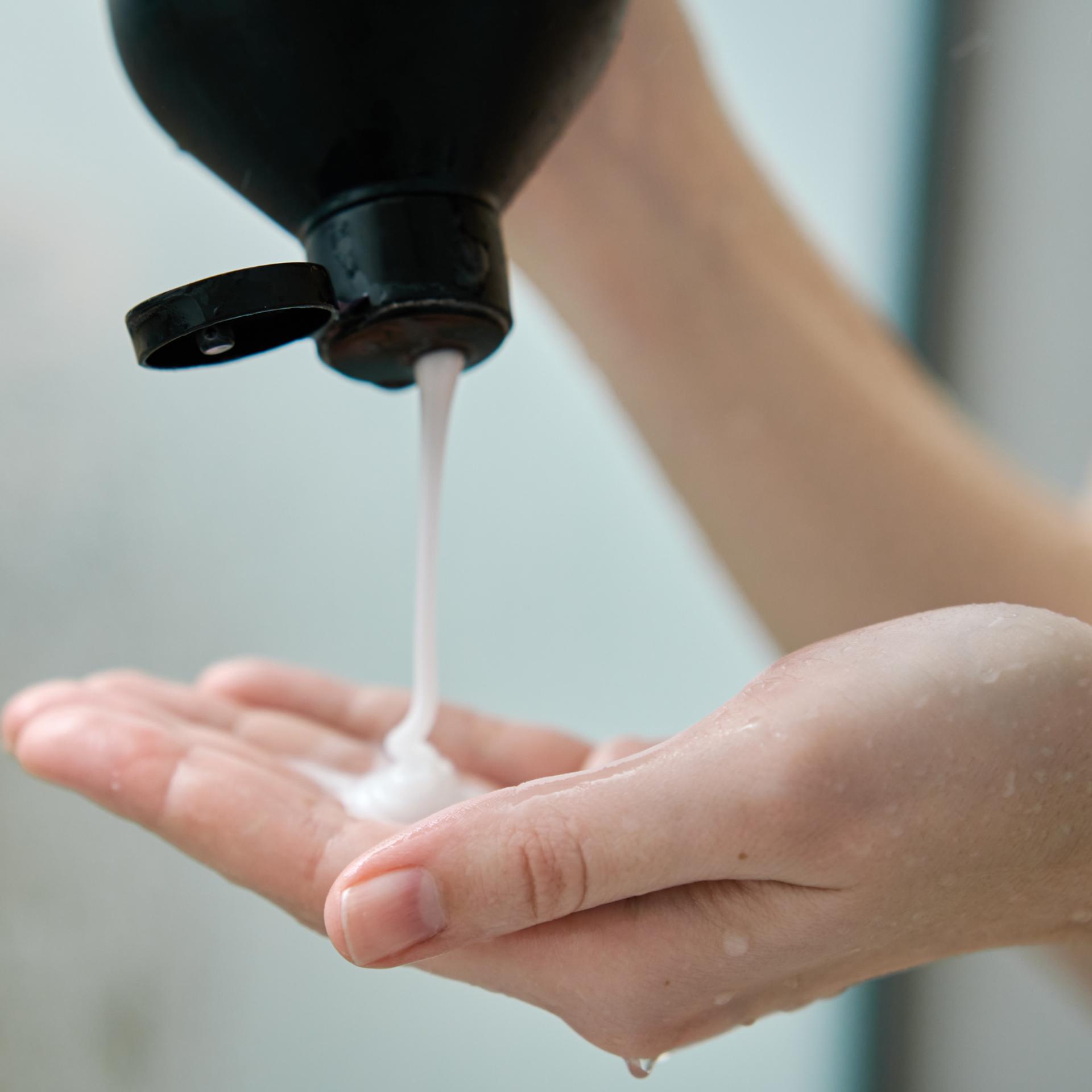
Marketing during motherhood can be... misleading.
“Gentle” doesn’t always mean safe. “Natural” doesn’t always mean effective.
Watch out for:
- Coconut oil-heavy shampoos if you have dandruff or buildup-prone scalp (they can worsen fungal issues)
- Protein-heavy formulas if your hair feels stiff or straw-like (too much protein can backfire if your hair lacks moisture)
- Clarifying or detox shampoos too soon postpartum—these can be too stripping
Extra Love for Postpartum Hair (Beyond Shampoo)
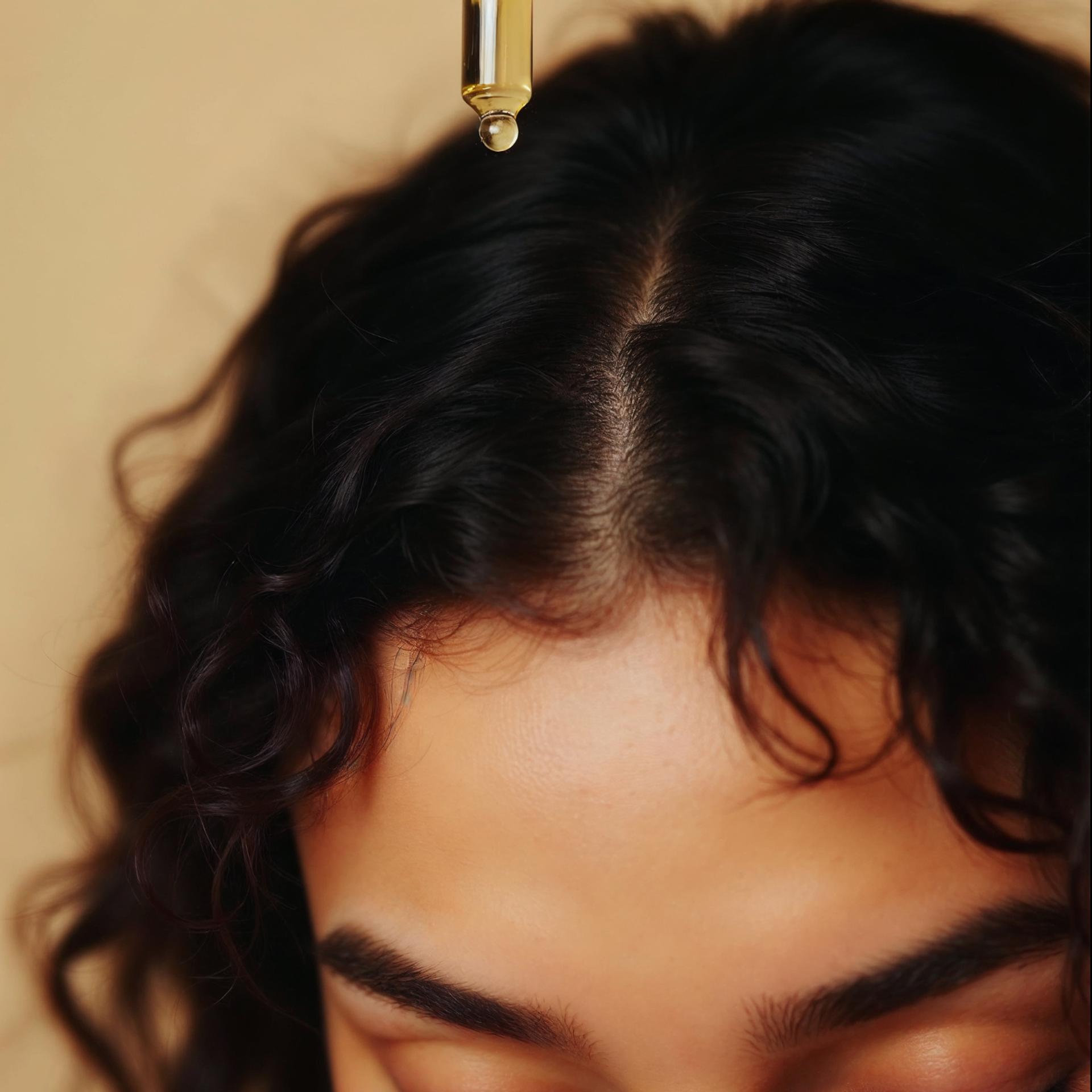
A good shampoo sets the stage—but remember:
In Summary

Postpartum hair fall is natural—but it doesn’t have to feel helpless.
Switching to the right shampoo is not about “fixing” hair fall overnight—it’s about supporting your scalp’s healing, growth, and hormonal shifts with kindness and science.
So when you reach for that bottle in the shower, ask:
Is this nourishing my scalp or just lathering my anxiety?
Choose wisely. Heal gently. Your hair (and hormones) are on their way back.
Learn more
